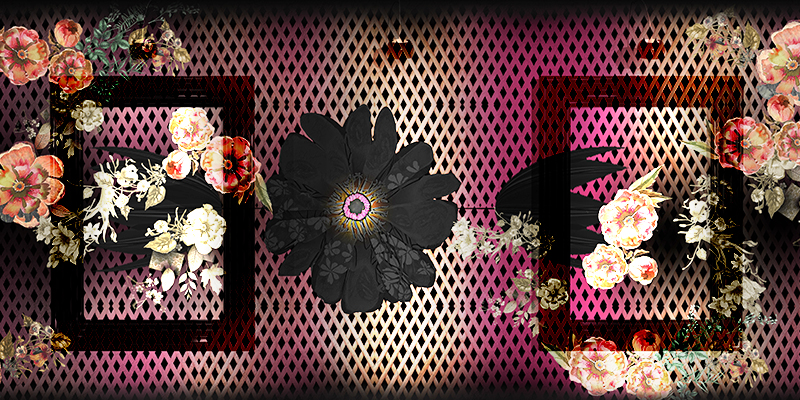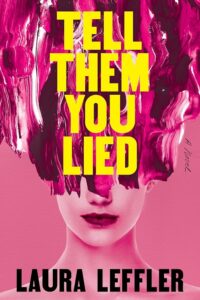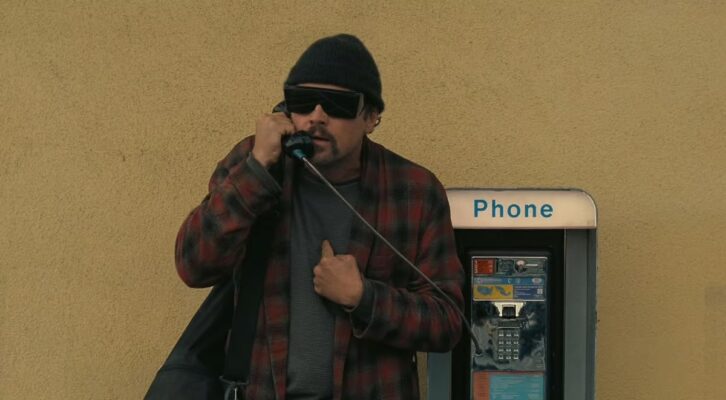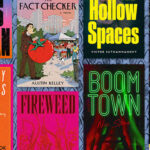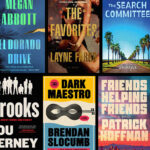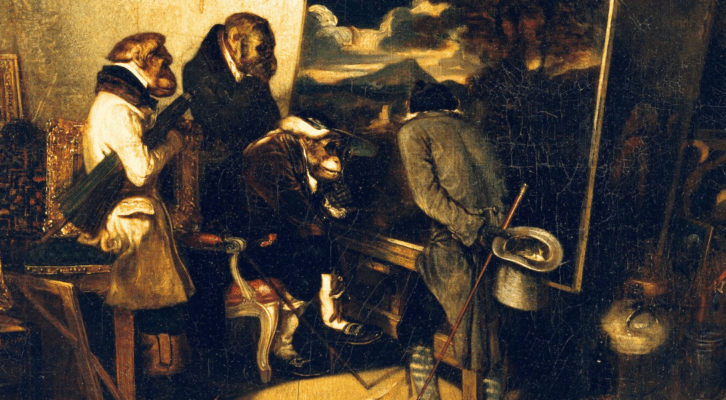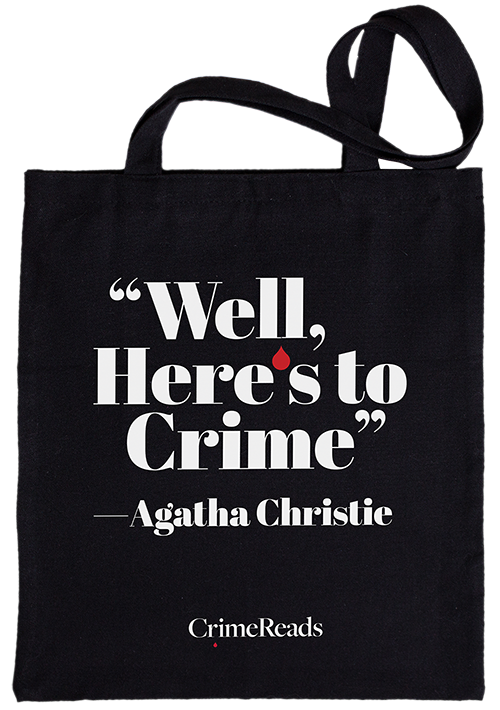When I started writing my debut thriller, Tell Them You Lied, I didn’t set out to write an art historical crime novel. It begins in Brooklyn on the morning of 9/11, which in my mind is not history but memory. I was a recent college graduate and newbie New Yorker on that day, zombie-walking the stunned streets, inhaling the fumes, and taking photographs. But memory is reliably unreliable, and to write the story I wanted to write, I had to do research too. That meant watching hours of YouTube videos—broadcast recordings, home movies, interviews. I looked up technology and fashion trends and music and what billboards were up on Houston. I needed to know about the mural outside the Nuyorican Poets Café and what graffiti lay down the road.
In other words, I needed to see things that no longer existed. And that’s how I knew I was writing a historical novel.
Many art historians, myself included, turn to art for a similar reason—for a glimpse into the past. An artwork is a microcosm of its time; through it, we can see an entire zeitgeist. Politics, conventions, materials, individual biographies—it is all present. It makes sense, then, that writers often use art as a tool to access history. Once I began down the road of an art historical crime novel I started noticing I was not alone in this niche genre.
Here are some standouts:
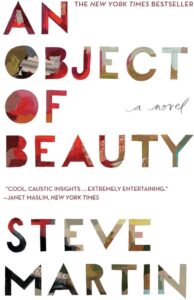
An Object of Beauty by Steve Martin
Taking place mainly in 90s New York, Steve Martin’s novel (yes that Steve Martin) takes a wrecking ball to the posh façade of the art world. Lacey Yeager—young, smart, beautiful, and on the verge of broke—is toiling away half-noticed in the basement of Sotheby’s when she gets a taste for dodgy art deals. She scores an unreasonable profit working over two unwitting gallerists in a manner that is more Wolf of Wall Street than Upper East Side Finishing School. All bets are off after that. Narrated by an acquaintance/admirer who got roped into her schemes, An Object of Beauty is a lesson in the art market disguised as a romp.
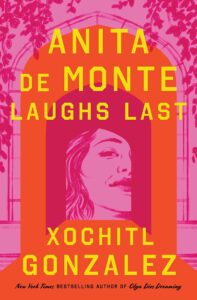
Anita de Monte Laughs Last by Xochitl Gonzales
New York City, 1985: real-life Cuban-American artist Ana Mendieta, age 36, is found dead after falling from a window in her West Village apartment, and her much older and more famous sculptor husband Carl Andre is tried (and acquitted) of her murder. In this novel, Xochitl Gonzalez fictionalizes Mendieta’s story—changing names and imagining scenarios—but here, there is no doubting the husband’s guilt. Part crime novel, part history lesson, and part ghost story, Anita de Monte Laughs Last will have you seething at white male hegemony– and googling Mendieta’s brilliant work (if you don’t already know her).
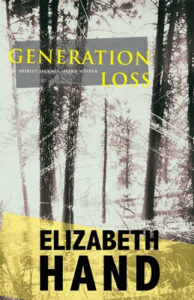
Generation Loss by Elizabeth Hand
The title of this book refers to the deterioration of an image each time it is reproduced—think of zooming in on a digital image of an old photograph reproduced in a black and white newspaper until it is nothing more than pixels. Hand’s novel, spanning the 1970s to 2001, is a seriously dark and gritty tale of a photographer who, after a career swan-dive and a life spent mostly on the edge, embarks on a journey to the remote islands of Maine to interview her once-upon-a-time idol—only to find herself embroiled in a missing person’s case and committing plenty of crimes of her own.
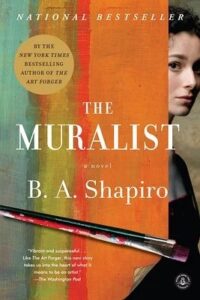
The Muralist by B.A. Shapiro
In 1940, in the lead-up to the Second World War, FDR’s Works Progress Administration put artists to work painting murals to lessen the devastating effects of the Great Depression. One of these artists was Shaprio’s fictional main character, Alizée Benoit, who vanishes, leaving her compatriots (Lee Kraser, Mark Rothko, and Jackson Pollock to name a few) fearing the worst. The novel alternates between Benoit’s time and the current day, when her niece Danielle sets out to discover the truth about what happened to her aunt. A page-turner to be sure, Shapiro’s novel is also an exploration of the intersection of art, politics, and war.
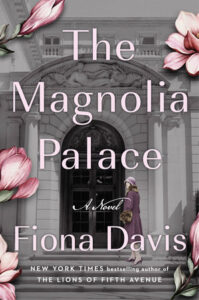
The Magnolia Palace by Fiona Davis
As in all of Davis’s novels, The Magnolia Palace centers on a New York City landmark—this time it is the Frick Museum—and alternates between two timelines. In 1919, artists’ model Lillian Carter, a woman once lauded as the most beautiful in the world, is at an impasse. She is only 21, but her body has changed, ending her career. Her mother is dead and Lillian is alone and without means. She takes a job as a secretary to young Miss Frick, but soon gets accused of murder. Meanwhile, fifty years later, fashion model Veronica agrees to do a photo shoot at the museum, but a winter storm disrupts everything, leaving her stranded and following a trail of clues that will eventually solve the old murder.

Stealing Mona Lisa by Carson Morton
Carson Morton’s Stealing Mona Lisa—a cozy caper about an unlikely group of con artists in the early 20th century. Morton uses the very real theft of the Mona Lisa from the Louvre in 1911 as the launching point of his delightful fiction. Using both real historical figures (the poet Guillaume Apollinaire, for one, makes a cameo), Morton takes us from Buenos Aires to New England to Paris in pursuit of riches, justice, and fun.
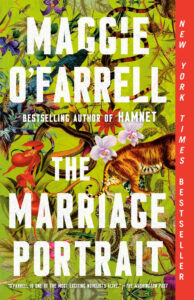
The Marriage Portrait, by Maggie O’Farrell
Maggie O’Farrell is a genius with language, and The Marriage Portrait is nothing short of a masterclass in setting and suspense. Lucrezia is a wealthy but powerless upper-class woman during the Florentine Renaissance—a possession to be traded for profit. Married off to a much older and more powerful man at 13, she becomes subject to his whims and wants. He commissions a master painter to make Lucrezia’s likeness, which seems at first like a besotted husband, but actually may be the precursor to her murder.
***

